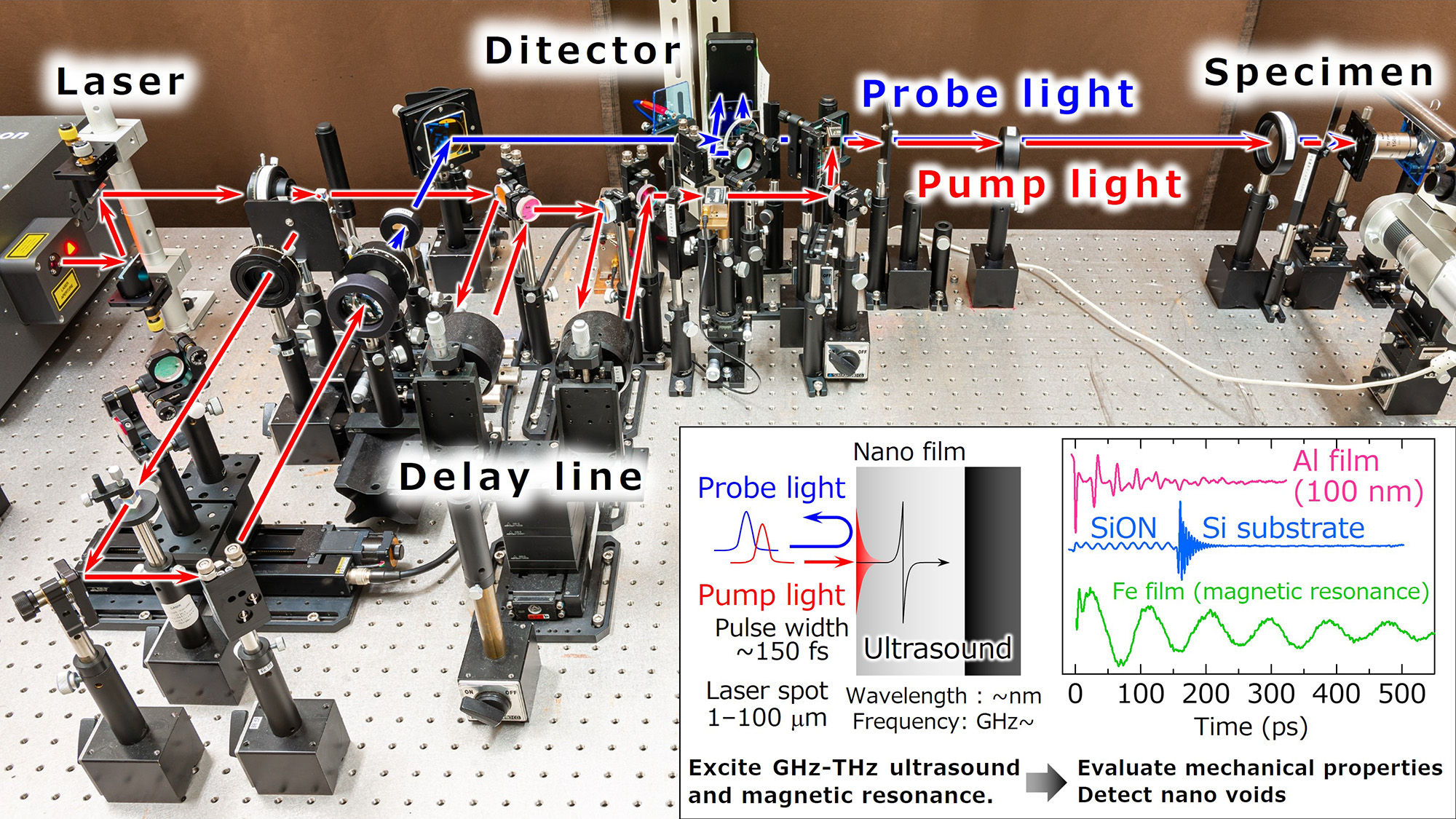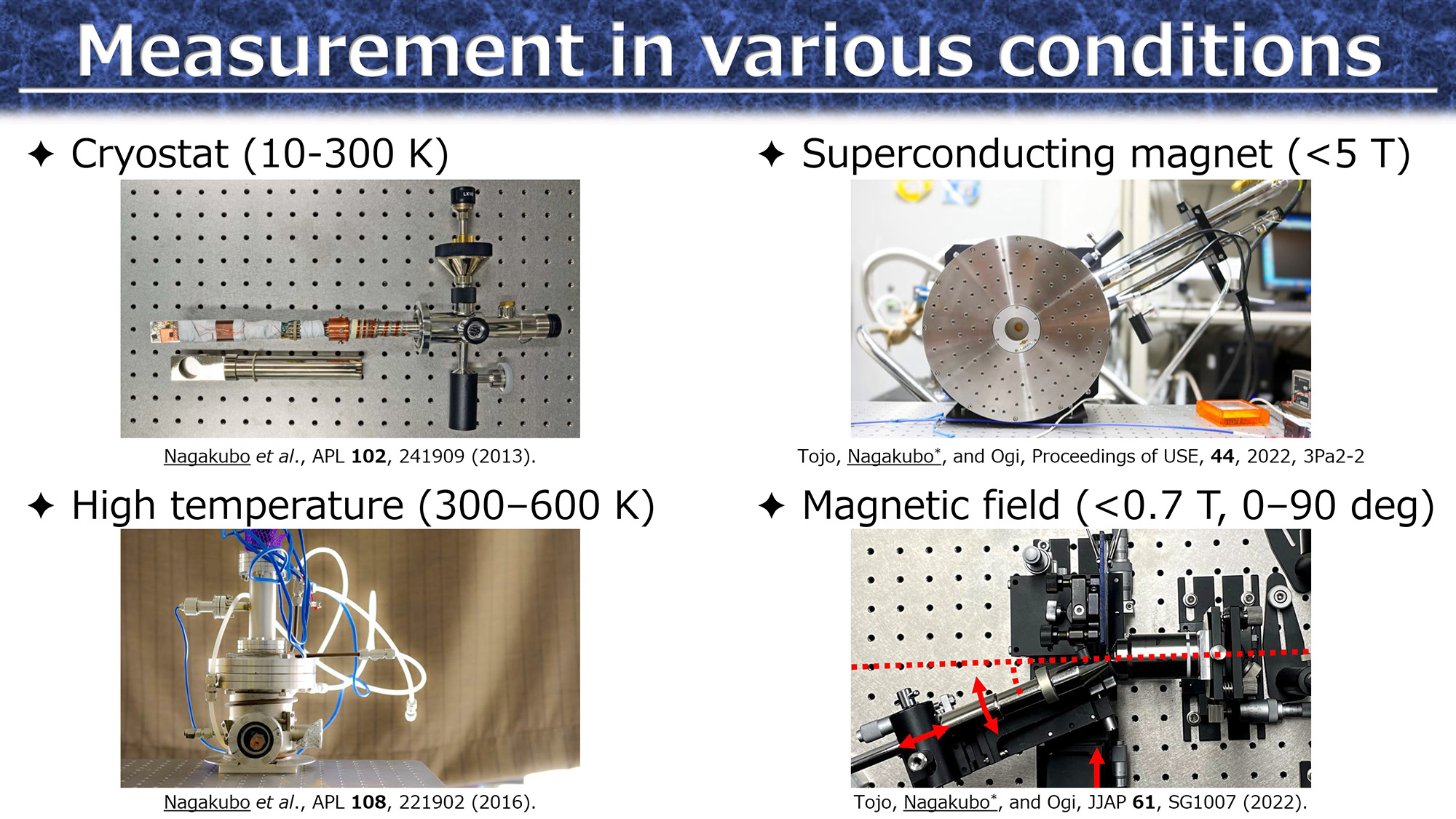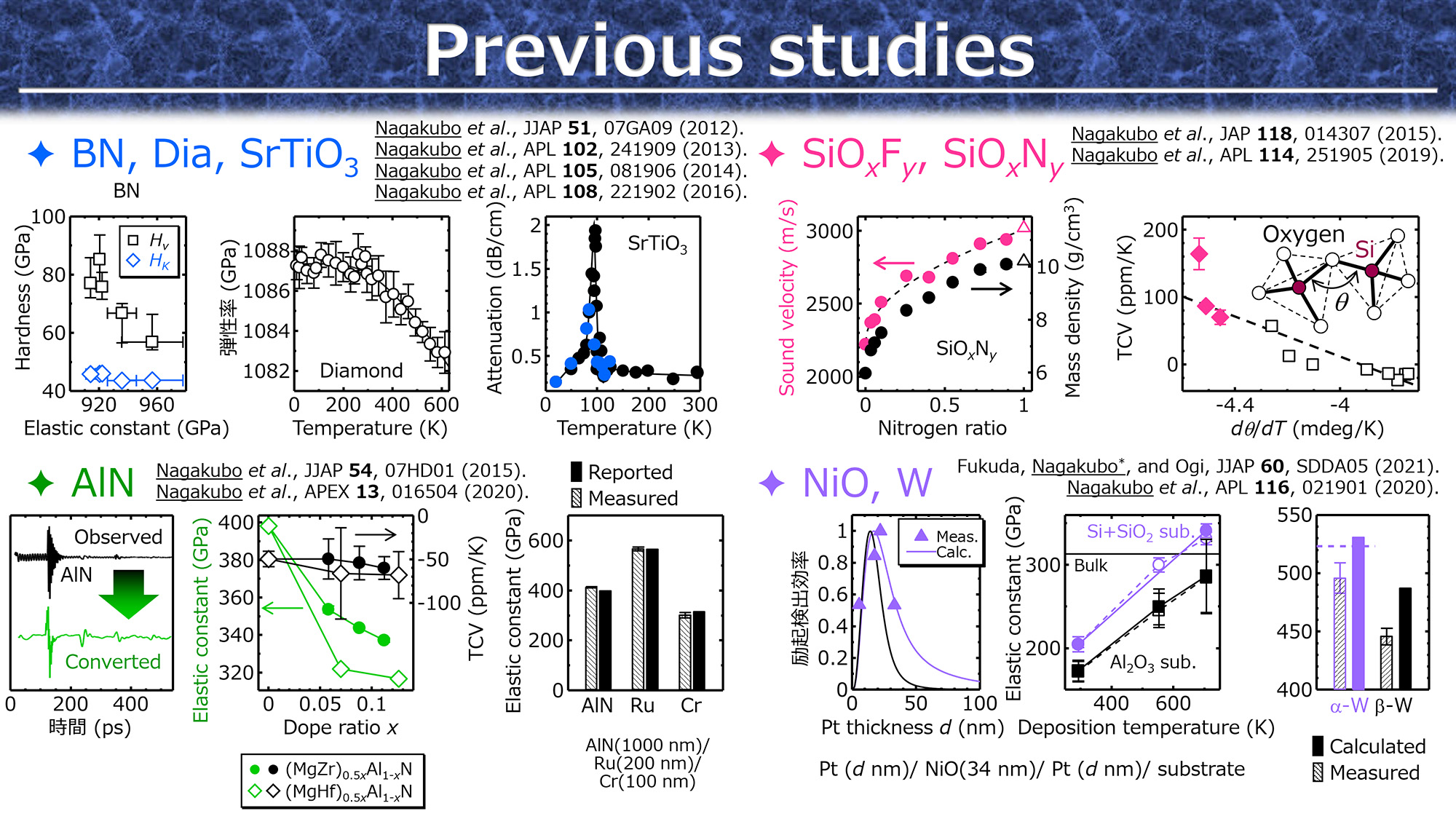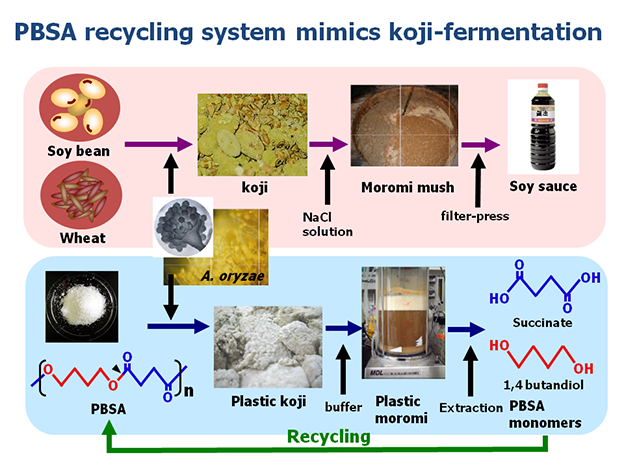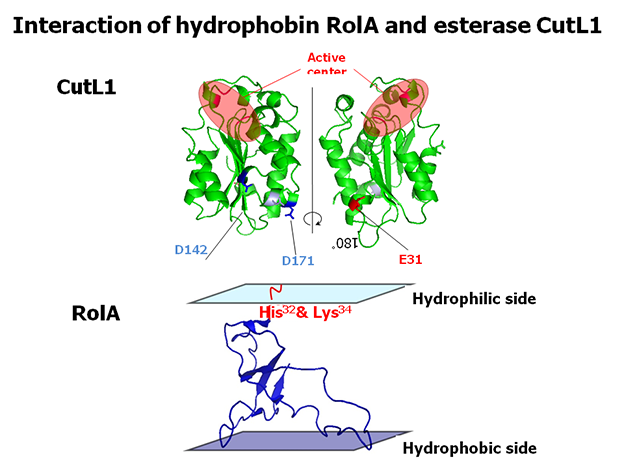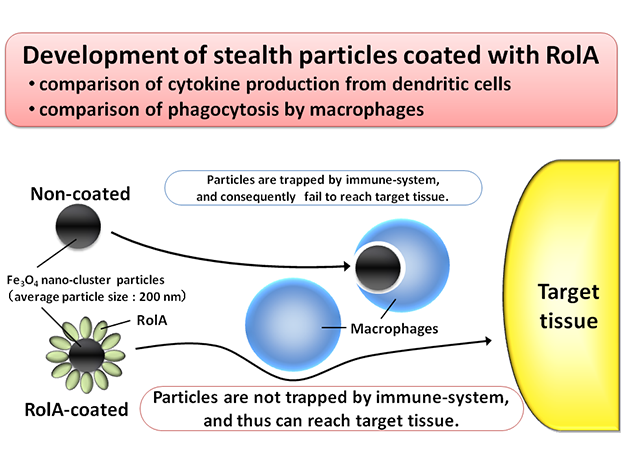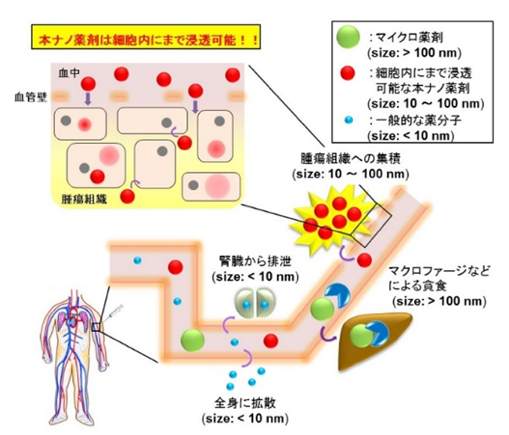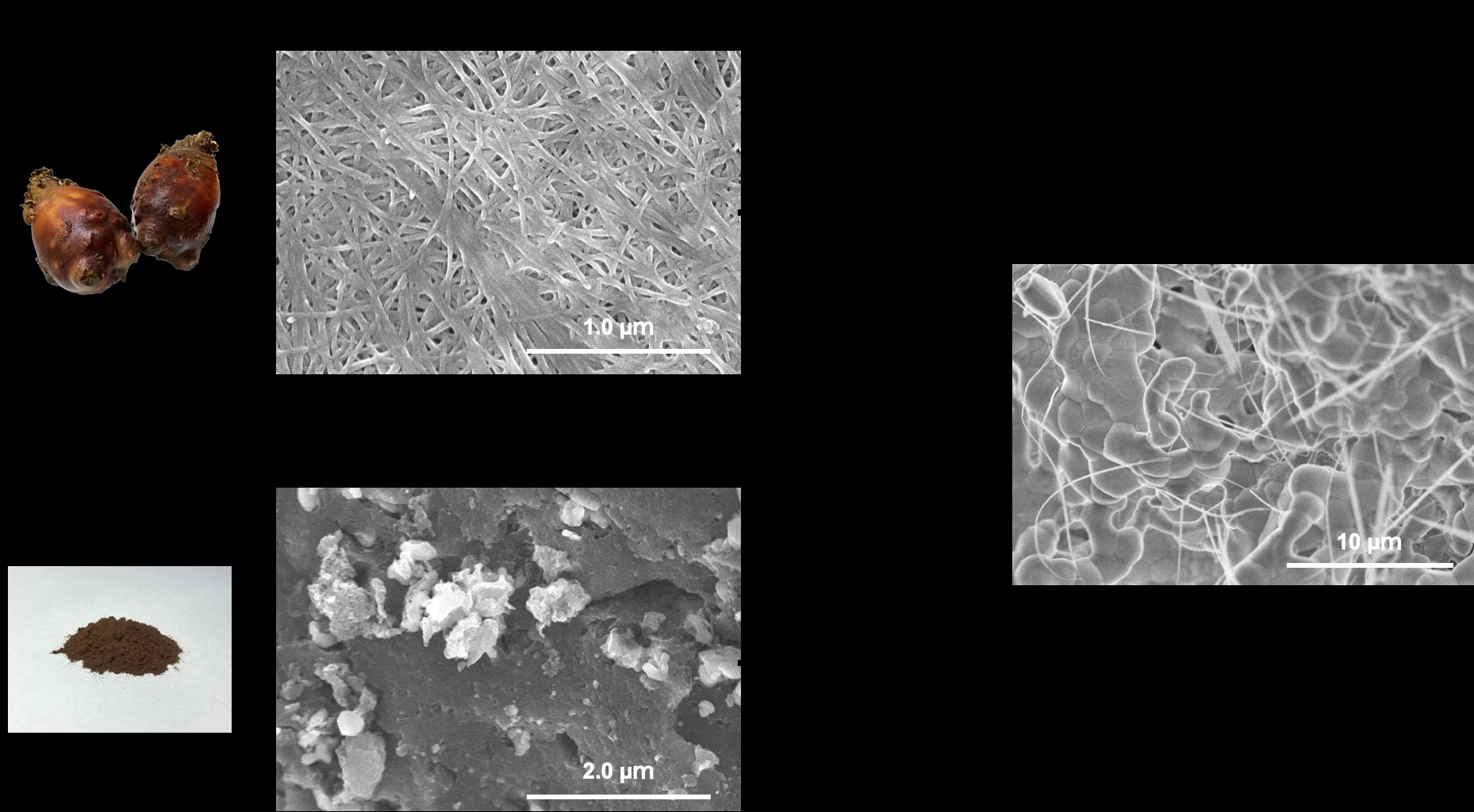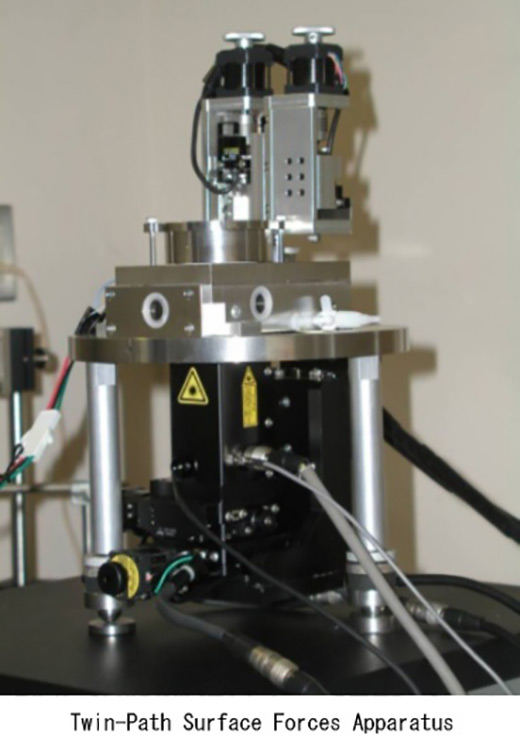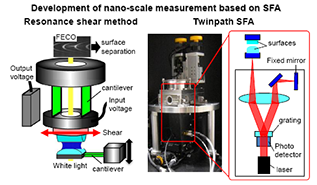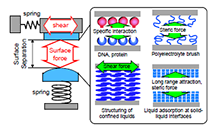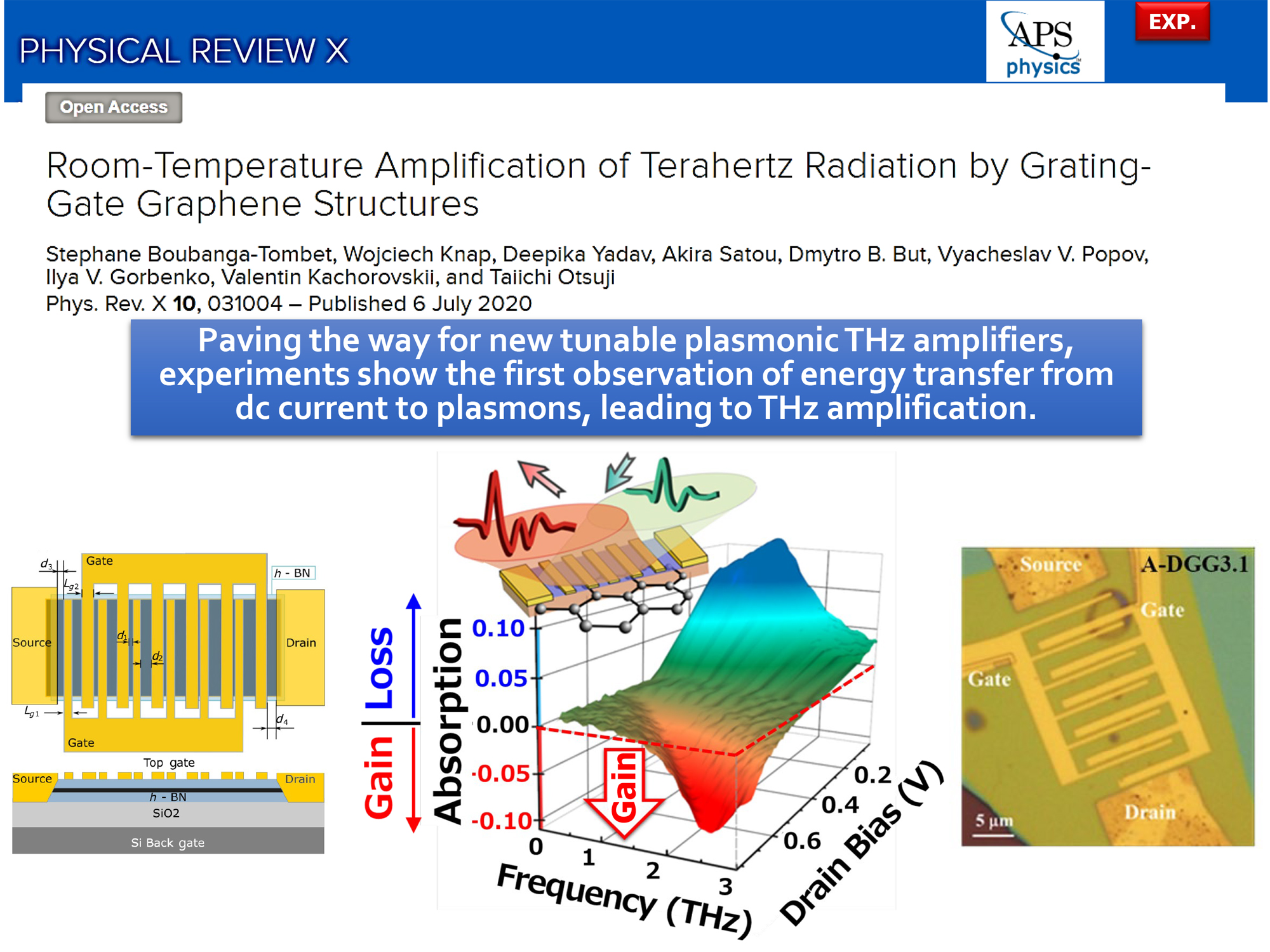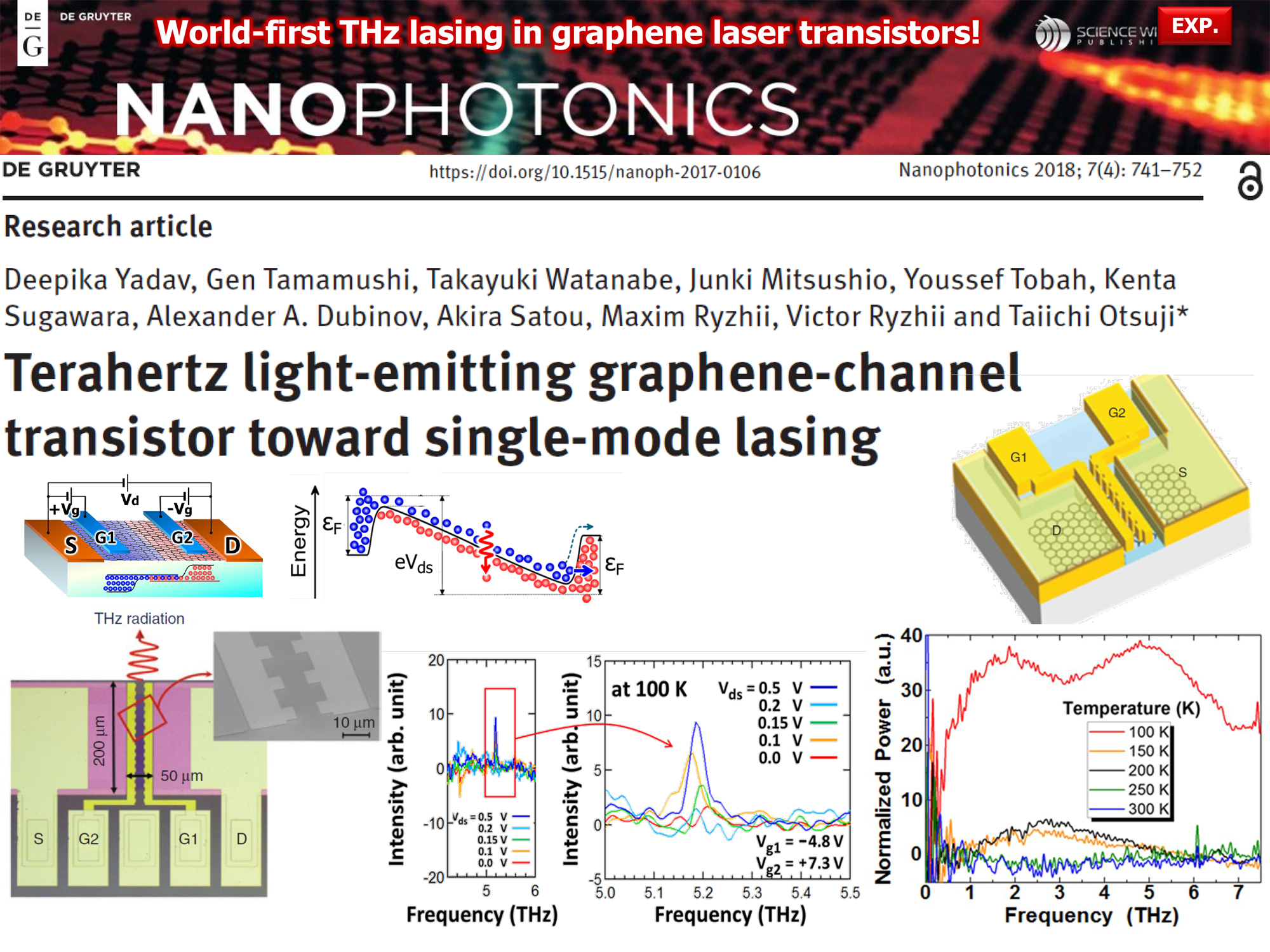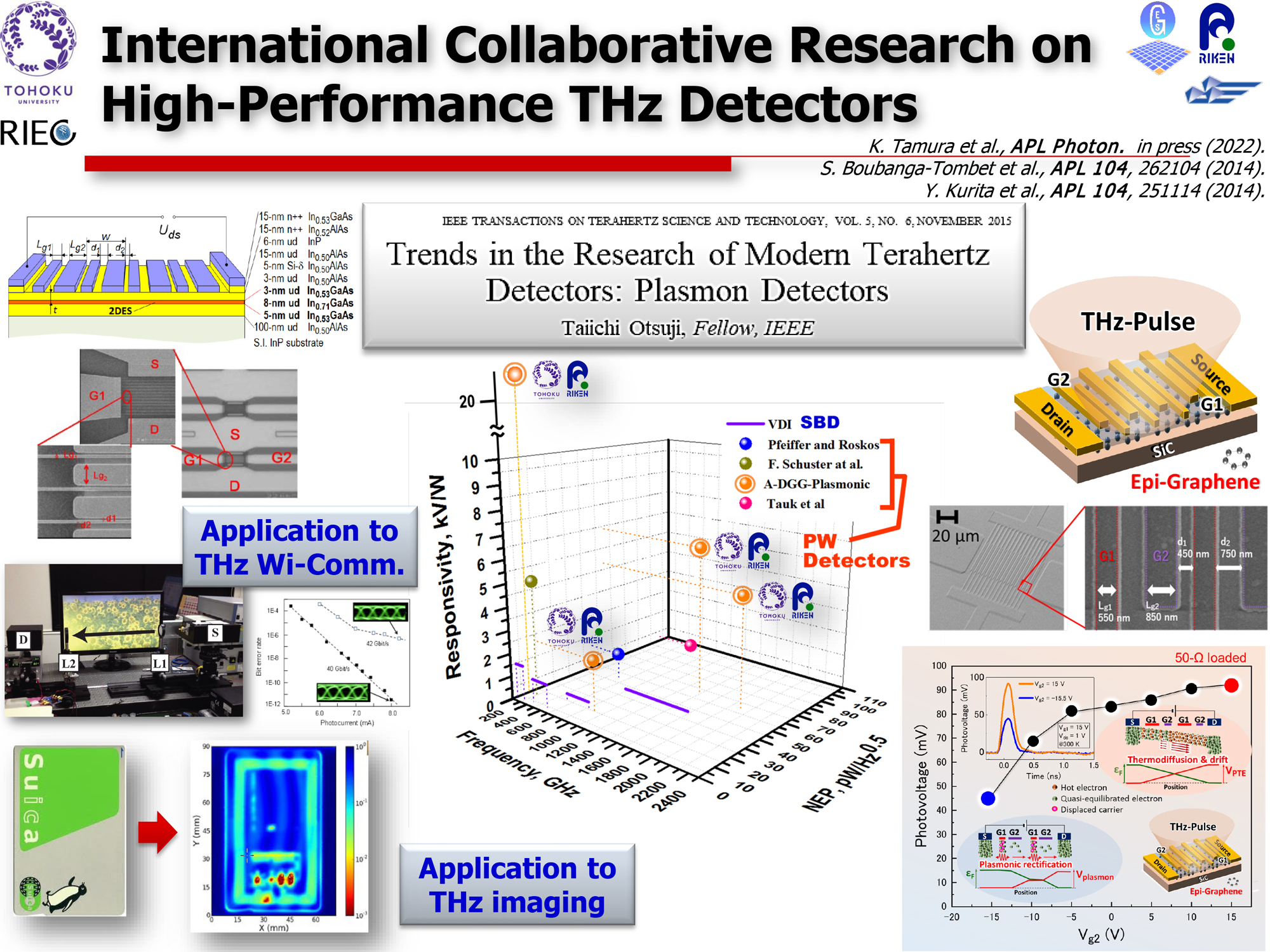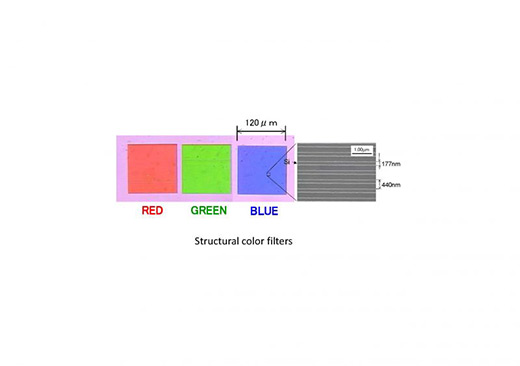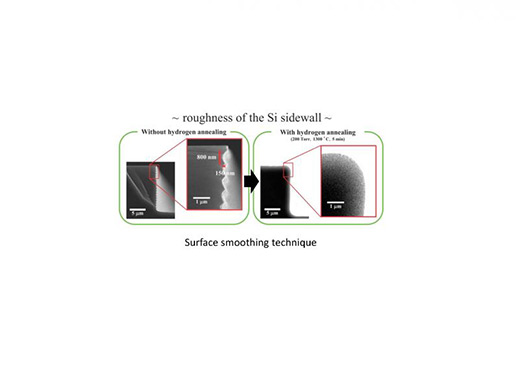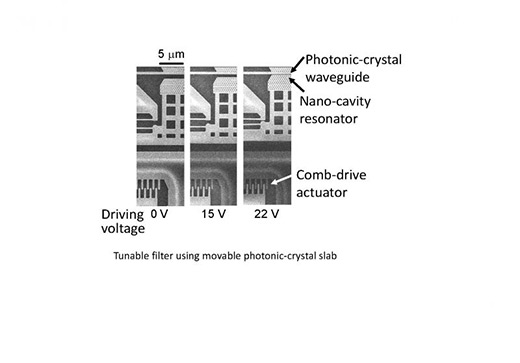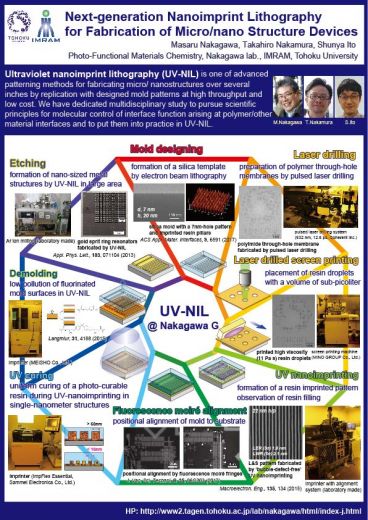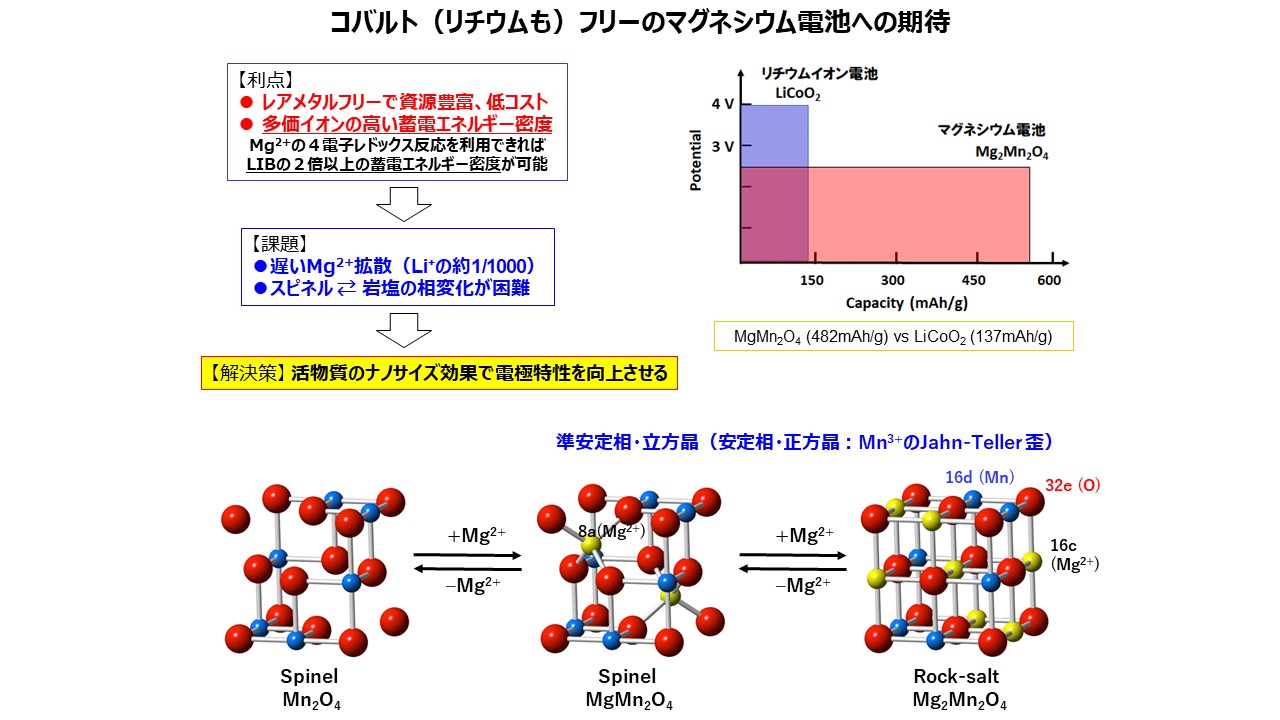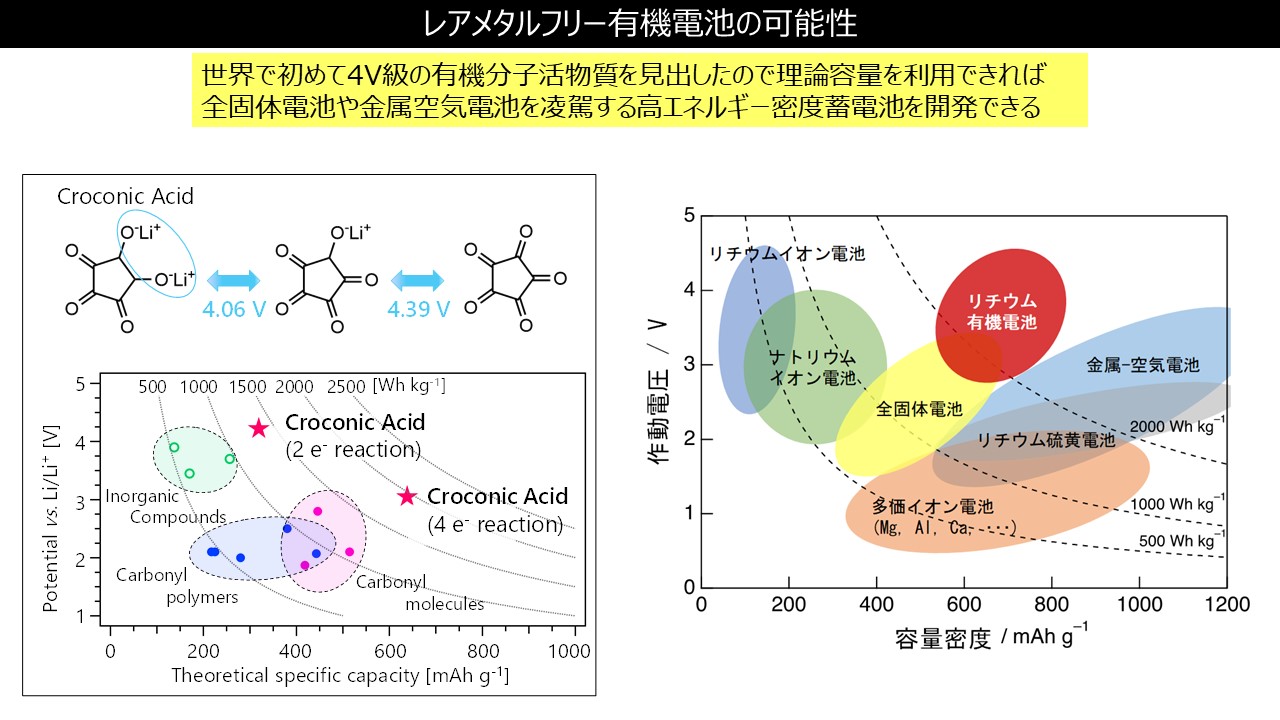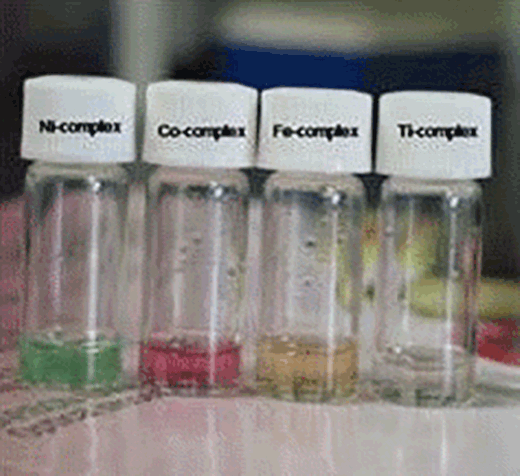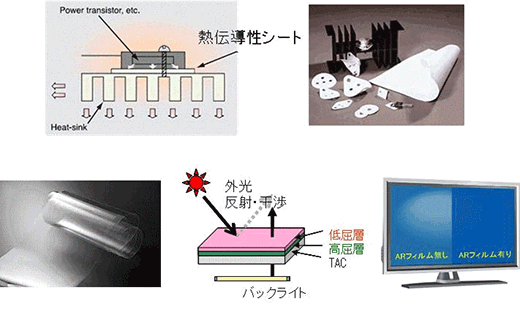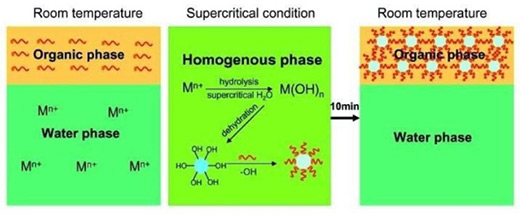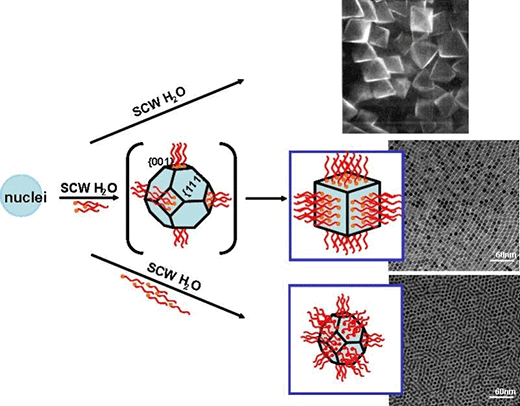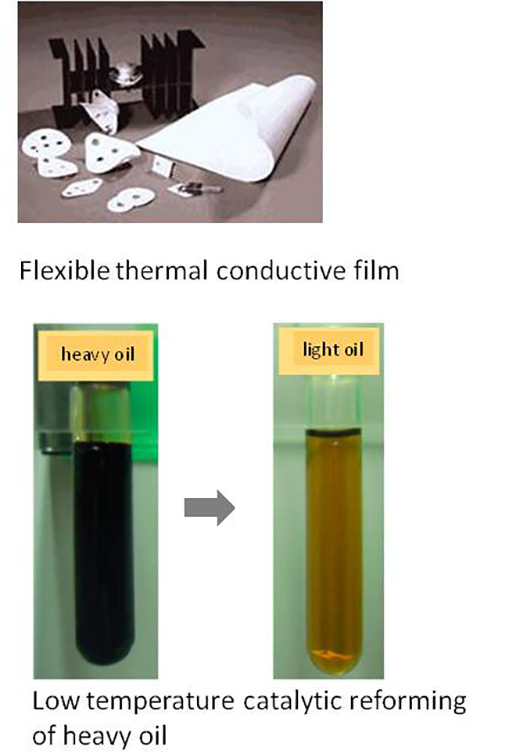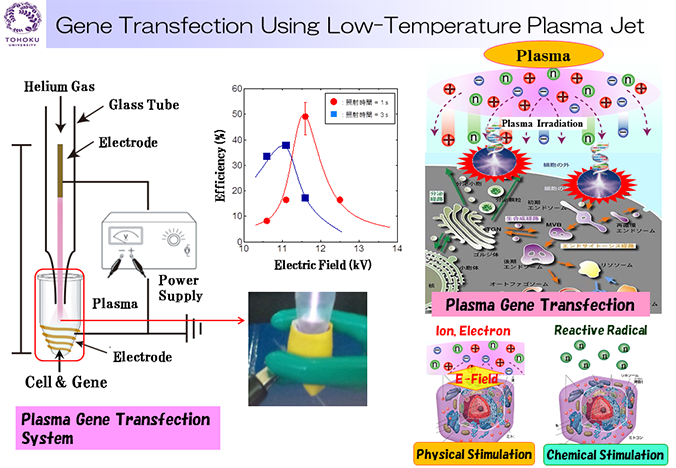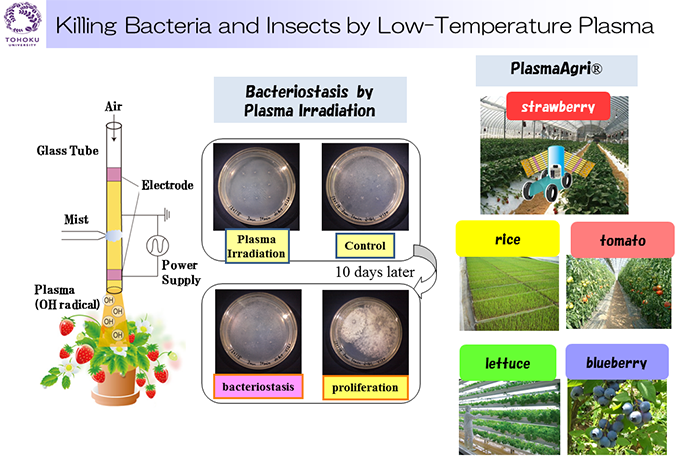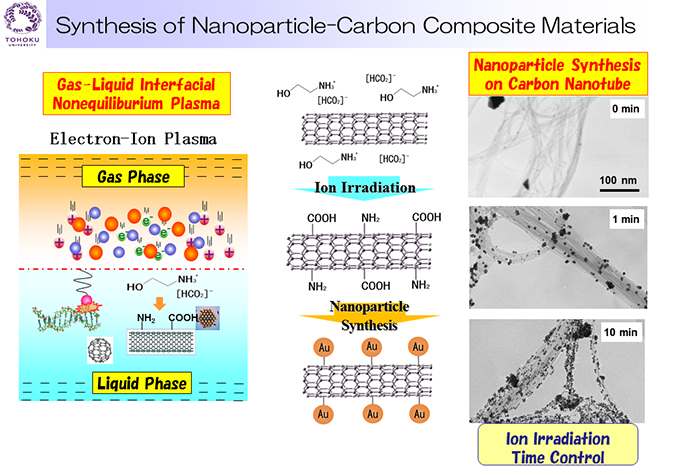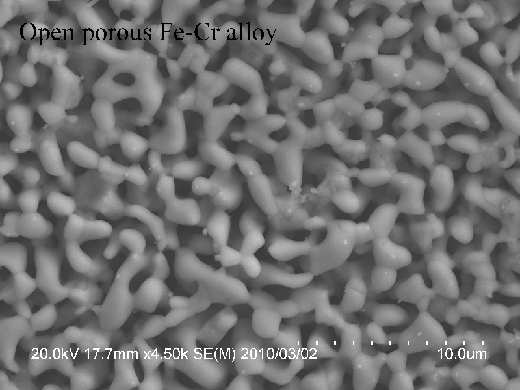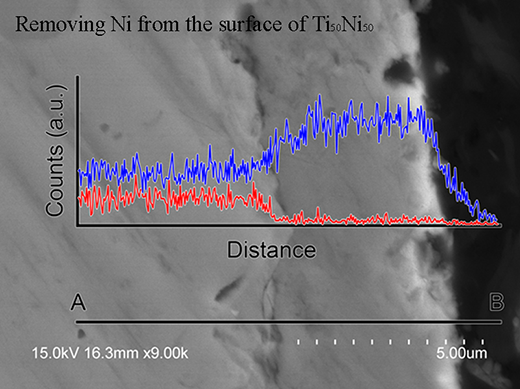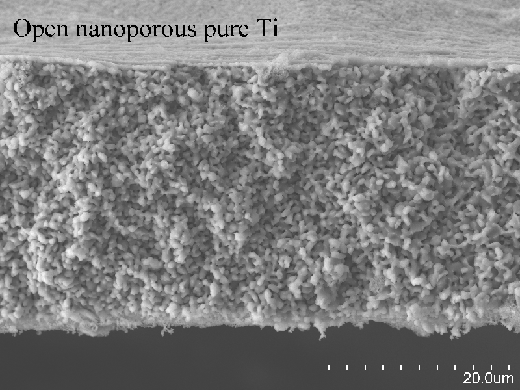"N" Keywords - 58 Result(s)
N
[nano film]
Mechanical and acoustic properties of nm devices studied by GHz-THz ultrasonics
ResearchersGraduate School of Engineering Akira Nagakubo
|
[nano particle]
Monomer-Recycle System of Biodegradable Plastics by Industrial Fungal Fermentation and Application of Fungal Biosurfactant Proteins to Nanoparticles for Medical Use
ResearchersGraduate School of Agricultural Science Keietsu Abe
|
[nano pigments]
Fabrication of The Novel Designed Nanodrugs Composed of Poorly Water-Soluble Compounds
ResearchersInstitute of Multidisciplinary Research for Advanced Materials Hitoshi Kasai
|
[nano wire]
Mechanical and acoustic properties of nm devices studied by GHz-THz ultrasonics
ResearchersGraduate School of Engineering Akira Nagakubo
|
[nano-blood carbon catalysts]
Extraction of cellulose nanofibers (CNFs) from sea pineapples' shells and application for energy materials
ResearchersAdvanced Institute for Materials Research Hiroshi Yabu
|
[nano-drugs]
Fabrication of The Novel Designed Nanodrugs Composed of Poorly Water-Soluble Compounds
ResearchersInstitute of Multidisciplinary Research for Advanced Materials Hitoshi Kasai
|
[Nano-rheology]
Development of Nano-Interface Chemistry for Materials Sciences Using Surface Forces Measurement
ResearchersNew Industry Creation Hatchery Center Kazue Kurihara
|
[Nano-Tribology]
Development of Nano-Interface Chemistry for Materials Sciences Using Surface Forces Measurement
ResearchersNew Industry Creation Hatchery Center Kazue Kurihara
|
[nano&heterostructure]
Development of Terahertz Semiconductor Devices Using Novel Nano-Heterostructures and Materials and their ICT Applications
ResearchersResearch Institute of Electrical Communication Taiichi Otsuji
|
[nanodevice]
Electronic properties of nanostructures and nanodevices
ResearchersAdvanced Institute for Materials Research Tomohiro Otsuka
|
[nanofiber]
Extraction of cellulose nanofibers (CNFs) from sea pineapples' shells and application for energy materials
ResearchersAdvanced Institute for Materials Research Hiroshi Yabu
|
[Nanoimprint]
Development of Miniature and Highly-Functional Photonic Devices Using Ultrafine Microstructures
ResearchersGraduate School of Engineering Yoshiaki Kanamori
|
Indentation modulus 8.4 GPa! Resin replica mold more solid than polyimide
ResearchersInstitute of Multidisciplinary Research for Advanced Materials Masaru Nakagawa
|
[nanoimprint lithography]
Photo-Functional Advanced Materials for Nanofabrication by Nanoimprint Lithography
ResearchersInstitute of Multidisciplinary Research for Advanced Materials Masaru Nakagawa
|
[Nanomaterials]
Advanced Nanotechnology for Critical metal free secondary battery
ResearchersInstitute of Multidisciplinary Research for Advanced Materials Itaru Homma
|
[Nanoparticles]
Polymer-nanoparticle hybrid materials
ResearchersAdvanced Institute for Materials Research Tadafumi Ajiri
|
Supercritical Hydrothermal Synthesis of Organic-Inorganic Hybrid Nanoparticles
ResearchersAdvanced Institute for Materials Research Tadafumi Ajiri
|
Development of Nano-Medical-Agricultural Applied Technology Using Ion-Controlled Plasma
ResearchersGraduate School of Engineering Toshiro Kaneko
|
[Nanophotonics]
Development of Miniature and Highly-Functional Photonic Devices Using Ultrafine Microstructures
ResearchersGraduate School of Engineering Yoshiaki Kanamori
|
[nanoporous material]
Development of Open Nanoporous Base and Half Metals, Metalloids and their Alloys
ResearchersInstitute for Materials Research Hidemi Kato
|


 Medical
Medical
 Life Sciences
Life Sciences
 Information Communication
Information Communication
 Environment
Environment
 Nanotechnology / Materials
Nanotechnology / Materials
 Energy
Energy
 Manufacturing Technology
Manufacturing Technology
 Social Infrastructure
Social Infrastructure
 Frontier
Frontier
 Human and social sciences
Human and social sciences

